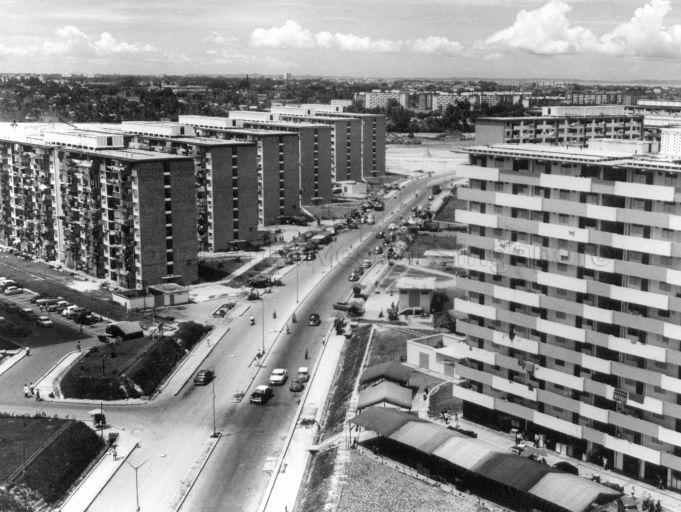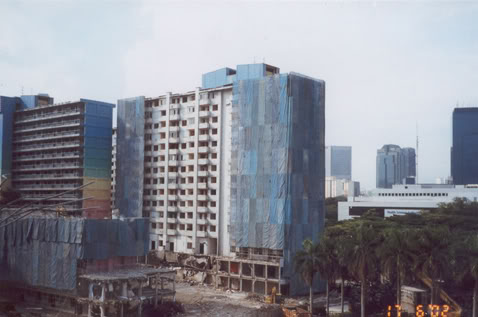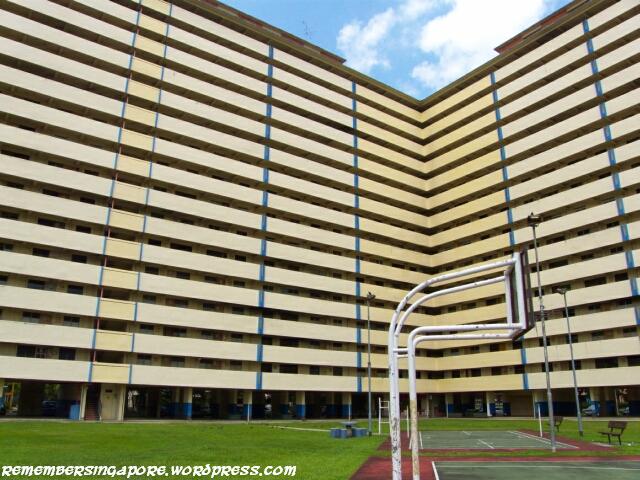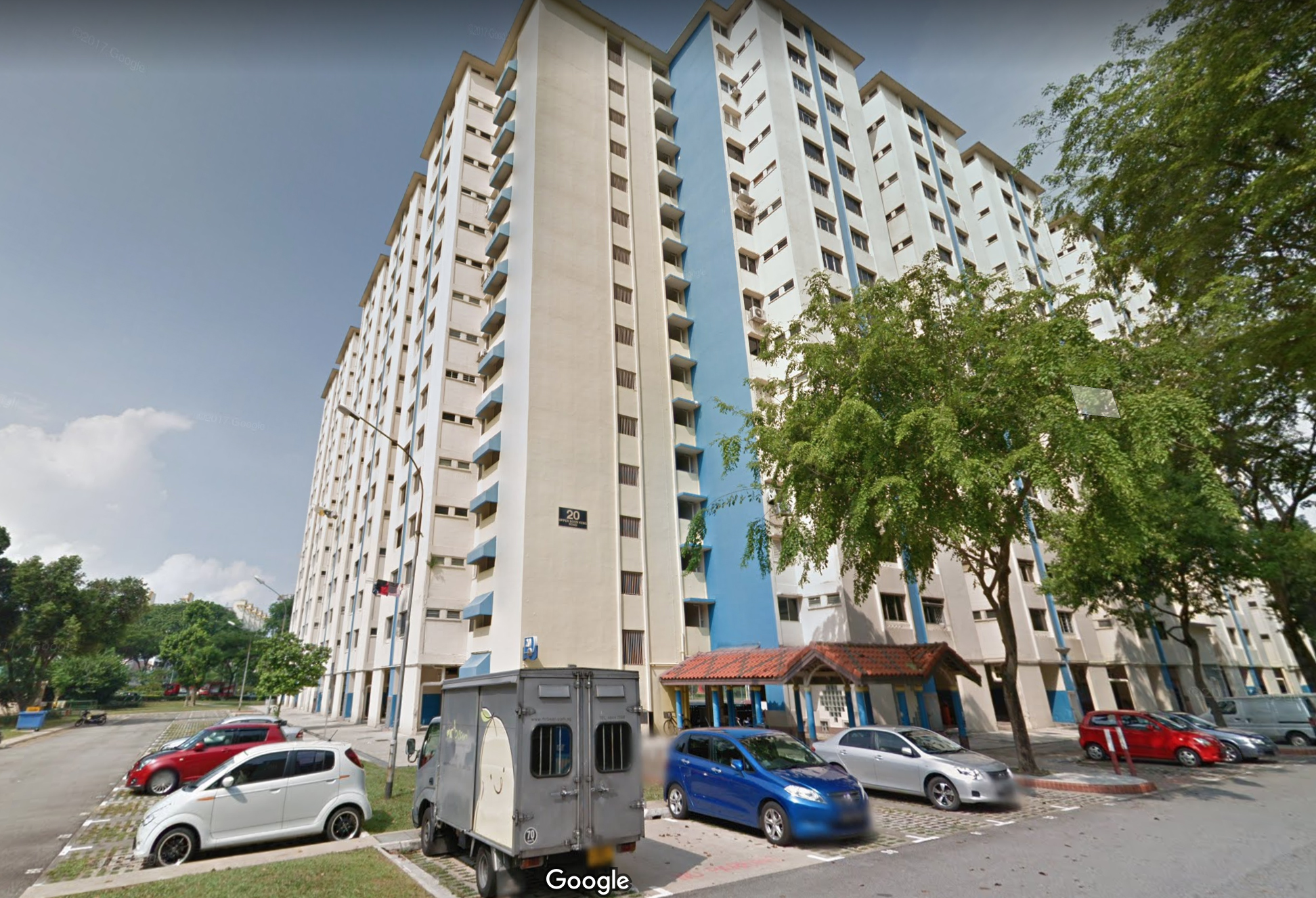Why does the government upgrade HDB flats?
Let's start from the top.

Public housing for the masses
When the government started moving people into public housing, there was a need to make housing affordable to people.
 Early HDB flats. Via NAS.
Early HDB flats. Via NAS.
HDB's role, when it first formed in 1960, was to move people from slums and squatters into basic homes -- both rental and owned.
Quickly, the government began to encourage home ownership.
Having their own asset made people more invested in the long-term social stability of the country.
If you have a comfortable house, you'll be less likely to throw it away by engaging in "civil commotion and riots", according to then Minister Mentor Lee Kuan Yew in 2011.
Assets Enhancement Programme
In the 1990s, the government used HDB upgrading as a way to increase the value of homes.
This was at a time when the oldest HDB flats were about 30 years old or so.
"It is in your interest to ensure that the value of your flats continue to rise... Every 10 percent increase in the value of your flat means a huge increase of several thousand dollars in your wealth."
- Goh Chok Tong, 1992.
And by that time, some mature estates were getting quite run down after just three decades.
Aside from increasing their asset value, upgrading works made older estates -- such as those in Queenstown and Toa Payoh -- livable, by retrofitting them with facilities, such as lifts that stop at every floor.
These included the Main Upgrading Programme, the Interim Upgrading Programme, Lift Upgrading Programme, and Home Improvement Programme.
Main Upgrading Programme
The MUP is done to refurbish older blocks that are more than 20 years old. It encompasses renovation works done to the flat, the block, and the precinct.
Flat owners in a particular precinct earmarked for upgrading bore 10 to 25 percent of the total cost while the government paid the rest.
A precinct had to have at least 75 percent of flat owners agree to the upgrading before it could proceed.
The first MUP project was carried out in Teban Gardens and Woodlands in 1991. Its final upgrading project was carried out in Ang Mo Kio. This was completed in 2012. The MUP was replaced by the Home Improvement Programme.
[related_story]
Home Improvement Programme
The HUP targeted common maintenance problems in old flats. These are divided into two categories: The essential, and optional improvements.
Essential improvements are done for health, safety or technical reasons. These are paid by the government.
According to Infopedia, they include "replacement of waste pipes, repair of spalling concrete, upgrading of electrical load and installation of laundry racks".
Optional improvements include "replacement of refuse chute hoppers, entrance doors and gates, and the upgrading of toilets".
Again, residents who opt for the optional improvements pay about 5 to 12.5 percent of the costs.
Also, for a block to go through the HUP, at least 75 percent of the residents in that block must agree to it.
Upgrading for an ageing population
As the country gets older, there are more improvements made to public housing to make it more accessible for the elderly.
These improvements include wheelchair ramps, slip resistant toilet floor tiles, and lift upgrading.
The Lift Upgrading Programme, in particular, was introduced in 2001 to ensure that all flats built before 1990 were equipped with lifts. This was completed by end-2014.
 Lift upgrading. Via YouTube.
Lift upgrading. Via YouTube.
Selective En Bloc Redevelopment Scheme (SERS)
The government can buy back houses en bloc at market value under the Selective En Block Redevelopment Scheme (SERS).
The affected homeowners will get a package comprising "compensation and rehousing benefits", which includes new housing with 99-year leases at subsidised prices.
SERS was launched in August 1995 as a way of rejuvenating old developments.
 Blocks of flats undergoing demolition in Outram Park. Via.
Blocks of flats undergoing demolition in Outram Park. Via.
Usually, older, shorter blocks tend to get selected for SERS because after demolishing them, the government can build higher, more modern flats -- in essence, fitting more people within the same plot of land.
The first site to undergo SERS was a cluster of 16 blocks at Boon Tiong Road in Tiong Bahru. These block were each only four-storeys high. Altogether, there were 384 affected units.
After demolishing them, the HDB built 1,402 four/ five-room units in their place.
Between 1995 and 2007, there were 72 SERS sites announced.
Below are photos of Block 20 Upper Boon Keng Road before and after SERS:
 Block 20 at Upper Boon Keng Road was demolished under SERS. Via RememberSingapore.
Block 20 at Upper Boon Keng Road was demolished under SERS. Via RememberSingapore.
 The new Block 20 at Upper Boon Keng Road. Via Google Maps.
The new Block 20 at Upper Boon Keng Road. Via Google Maps.
According to HDB, the latest cluster of blocks to be earmarked for SERS is at West Coast Road (Blocks 513-520).
If you're interested in the latest SERS project, you can browse them here.
While SERS is quite a lucrative windfall, it's not a guaranteed renewal programme and is, as its name suggests, highly selective.
In 2017, National Development Minister Lawrence Wong said that since 1995, only 4 percent of HDB flats have been selected for SERS.
He also advised first-time home buyers to buy a home with a lease that can cover them sufficiently.
Increasing asset value
SERs and HDB upgrading are implemented to at least maintain a flat's value, which drops over time usually after crossing the halfway mark of its 99-year lease.
The thinking was that if you're smart, you'd buy a flat early, let it appreciate a little with some upgrading, and sell it to make a tidy sum before your house goes back to the government -- a sentiment echoed by then Senior Minister Goh Chok Tong in 1994:
"I would start off with a five-room or an HDB executive... Quickly, before my income ceiling takes me beyond that. You buy a flat in Bishan, it's going today for half a million. So I would get there first, stay five years, seven years, and then move out."
That obviously didn't always end as expected.
By the mid-2000s, despite a recession, the resale market went into overdrive, causing house prices to soar astronomically out of reach for a lot of Singaporeans.
Houses were treated as tools for residents to earn quick money.
After the 2011 General Election, the government unveiled a set of market cooling measures that caused house prices to fall in 2013.
Over the years, public perception has changed from viewing public housing as an asset to a social need.
So, when leasehold HDB flats are seen as a social need, upgrading makes sense: The government spruces up public housing to provide basic amenities and shelter for its people as a social good -- a form of value creation.
Constant upgrading is also a sign that the government of the day is committed to preserving the living spaces of its people, although how exactly they'll do that in the face of the finite 99-year lease running out eventually, is anyone's guess.
More about the 99-year time bomb:
Top image by Joshua Lee
?Why choose a poly life? This talk at Republic Poly on 1 June may help you with this question.
?This concert at Esplanade makes it damn obvious if you use your phone.
?Are you fit AF like a ninja warrior for DBS Regatta 2018?
?Do you sleep badly too? Here’s how you can improve your sleep.
?? 1 in 2 healthy Singaporeans aged 65 could be severely disabled in their lifetime. This is why we should start planning for long-term care.
If you like what you read, follow us on Facebook, Instagram, Twitter and Telegram to get the latest updates.
